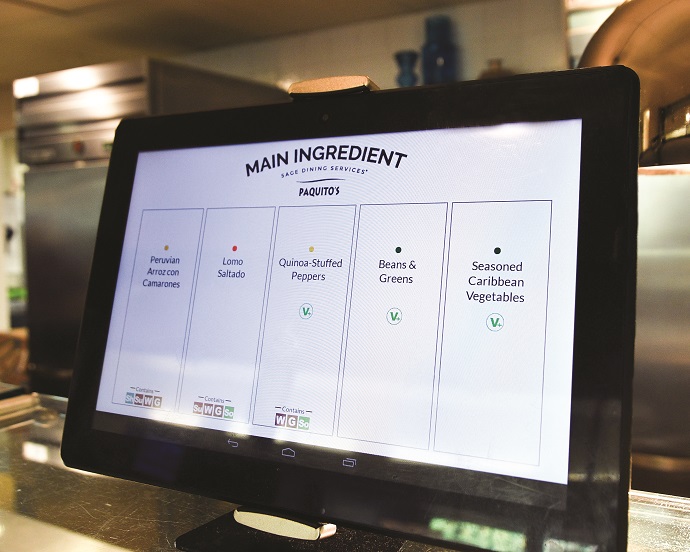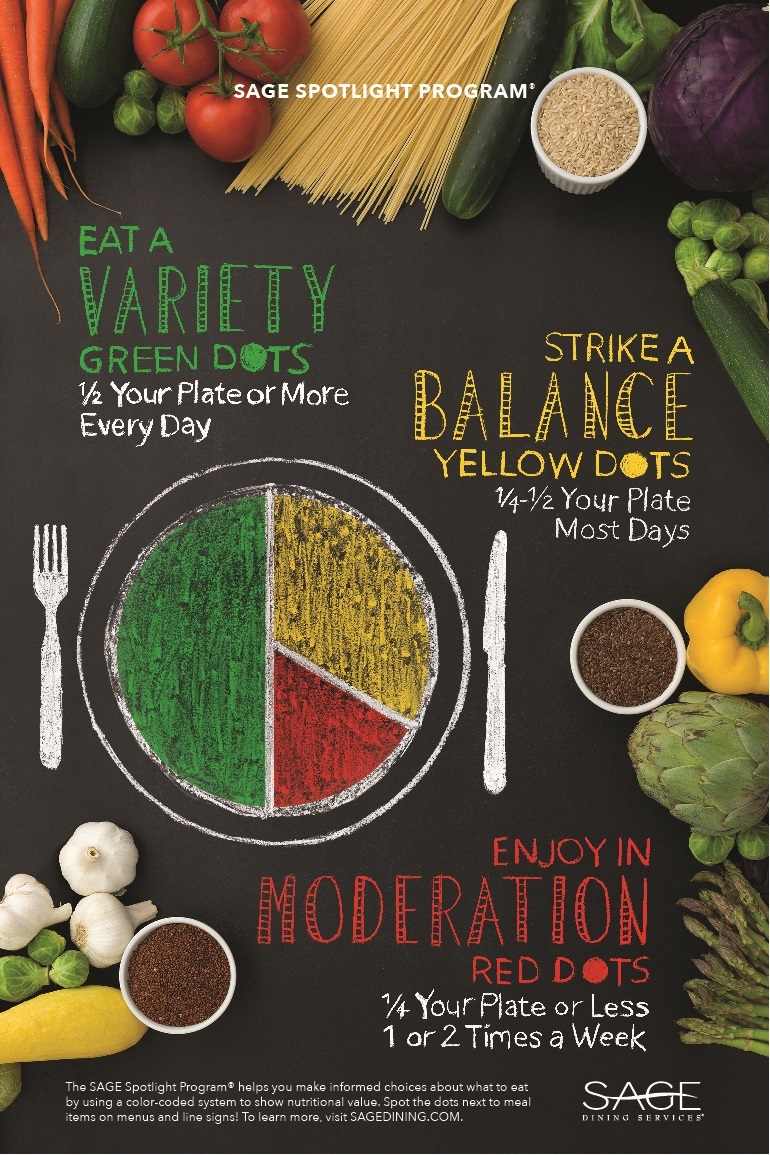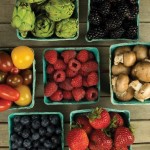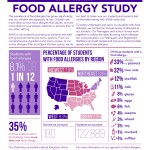Eating well is a lifelong skill that’s difficult to learn in a world filled with persuasive food packaging, marketing and advertising, and fad diets. Enter SAGE’s Spotlight Program, a nutritional program designed to guide students of all ages in making healthy choices. The SAGE philosophy is that no foods are bad—everything has a place when you practice the principles of variety, balance, and moderation.
We’re updating our established Spotlight program according to the most recent USDA Dietary Guidelines for Americans, which encourage evaluating food as a whole rather than evaluating for negative nutrients alone. The Guidelines advise limiting foods high in saturated fat, added sugars, and sodium, as these are nutrients our population consumes in excess. They also advise deliberately seeking out calcium, potassium, dietary fiber, vitamin D, and iron, which our population tends to underconsume.
In response, we’re updating our formula to evaluate foods for calcium, potassium, dietary fiber, vitamin D, and iron, as well as saturated fat, added sugar, and sodium. The resulting score demonstrates the relative healthfulness of a food. This method, which we’ll roll out in January 2018, takes into consideration nutrient density—the biggest nutritional bang for your calorie buck—to help our community members decide what’s best for them. The update also differentiates between total fat and saturated fat, giving foods credit for their healthy unsaturated fats, such as those in olive oil and fish.
Spotlight is an intuitive, tricolor labeling system that guides healthy food choices and educates on how to build a plate. Research has shown that information on relative healthfulness is just as effective as calorie counts, without the risk of contributing to eating disorders.
Green-dot foods are the foundation of the plate. Every day, half of the plate should include a variety of green-dot foods for added color and nutrients.
Yellow-dot foods add a mix of nutrients and flavors to the plate. Balance the plate by filling a quarter to a half of it with yellow-dot foods.
Red-dot foods may or may not provide valuable nutrients, but definitely contain some to eat in moderation. Focusing on portion or frequency is a great way to enjoy red-dot foods. Reserve a quarter of the plate for red-dot foods or enjoy them a couple times per week.
Every item on your online menu, and in the Touch of SAGE app, will include a dot color. Our menus are a great way to start conversations with your student to help guide food choices based on values you have set at home. The dining hall will display a SAGE Spotlight Program® poster showing how a plate should be created. In addition, there will either be printed menu signs or a tablet displaying the dot colors next to each menu item on the serving line.
SAGE's team of Registered Dietitians evaluates and updates the program on an ongoing basis based on the USDA’s Dietary Guidelines. In addition, the Dietitians analyze recipes and review menus for balance, completeness, and accuracy.
The Spotlight Program promotes a positive relationship with food through simple nutrition messaging that’s easy to understand, apply, and sustain across a lifetime.









